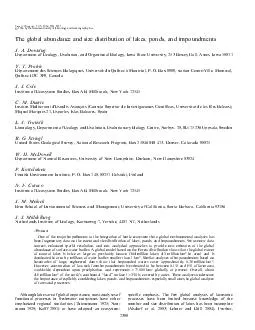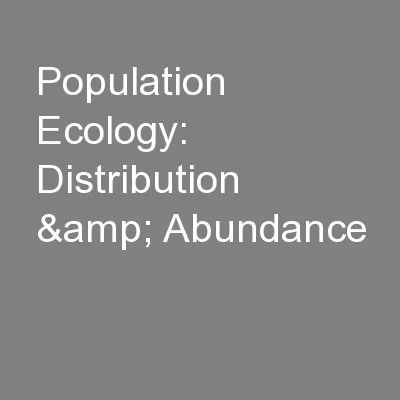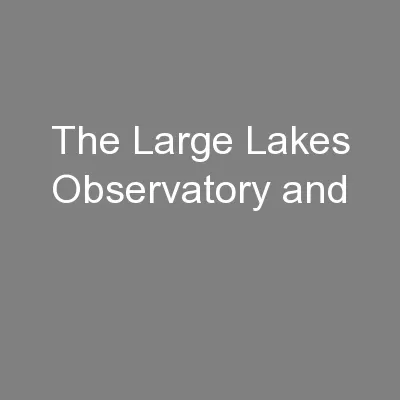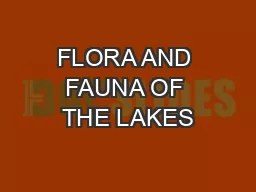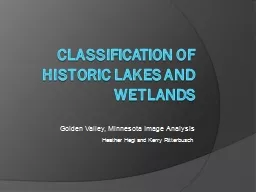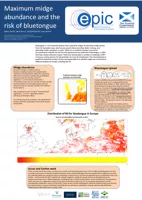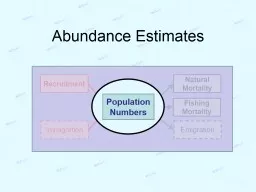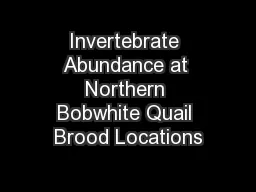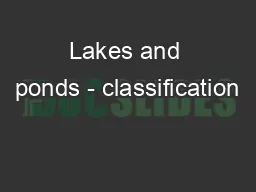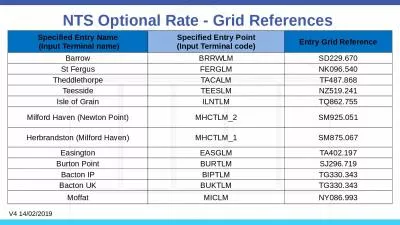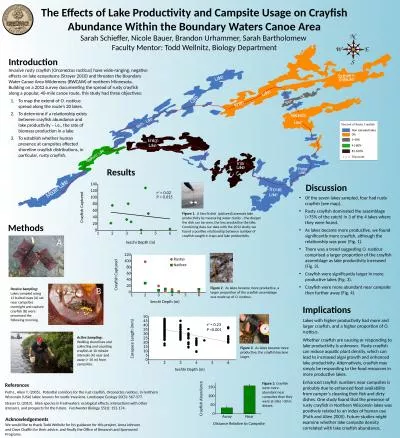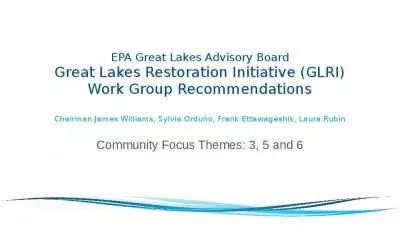PDF-The global abundance and size distribution of lakes ponds and impoundme nts J
Author : pamella-moone | Published Date : 2015-03-16
A Downing Department of Ecology Evolution and Organismal Biology Iowa State Uni versity 253 Bessey Hall Ames Iowa 50011 Y T Prairie De 57524partement des Sciences
Presentation Embed Code
Download Presentation
Download Presentation The PPT/PDF document "The global abundance and size distributi..." is the property of its rightful owner. Permission is granted to download and print the materials on this website for personal, non-commercial use only, and to display it on your personal computer provided you do not modify the materials and that you retain all copyright notices contained in the materials. By downloading content from our website, you accept the terms of this agreement.
The global abundance and size distribution of lakes ponds and impoundme nts J: Transcript
Download Rules Of Document
"The global abundance and size distribution of lakes ponds and impoundme nts J"The content belongs to its owner. You may download and print it for personal use, without modification, and keep all copyright notices. By downloading, you agree to these terms.
Related Documents

